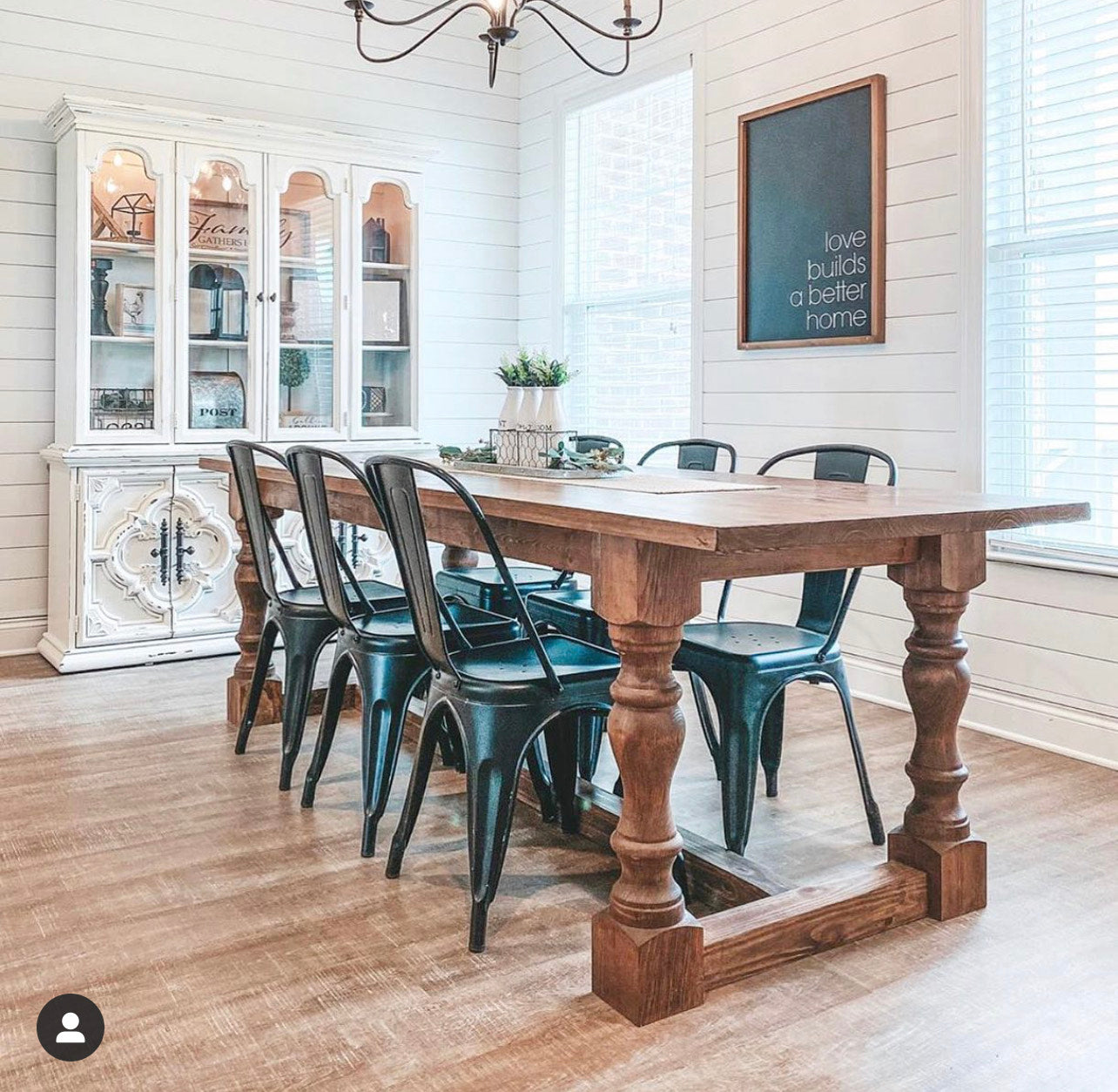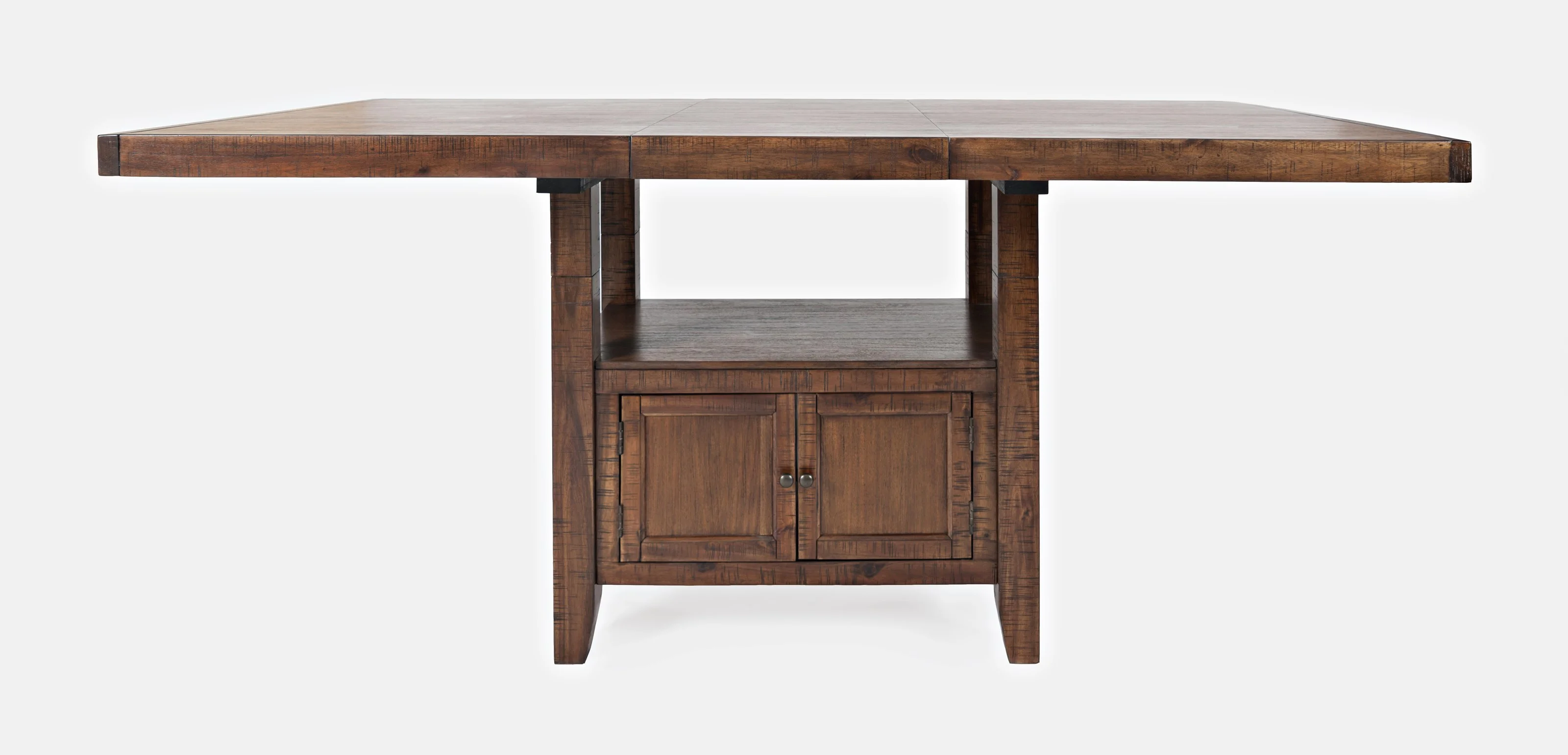The Top Trends in Dining Room Table Legs You Need to Know
The Top Trends in Dining Room Table Legs You Need to Know
Blog Article
From Conventional to Modern: Find the Perfect Dining-room Table Legs for Your Design
While traditional styles such as cabriole and turned legs evoke a feeling of timeless elegance, contemporary designs like barrette and geometric options offer a possibility for striking aesthetic rate of interest. As you consider these aspects, the question remains: just how can you seamlessly integrate these varied leg styles to create a harmonious eating experience?
Recognizing Table Leg Styles
The selection of eating space table leg designs can significantly influence both the looks and performance of the area. Each leg design adds one-of-a-kind practical attributes and aesthetic elements, accommodating varied design choices and use needs. Comprehending these styles is important for selecting the appropriate eating table that aligns with your general indoor style vision.
For circumstances, tapered legs supply a tidy, classic appearance that can improve an area's elegance, while stand bases supply security and maximize legroom, making them optimal for smaller spaces. Barrette legs, a hallmark of mid-century contemporary design, introduce an industrial panache, permitting an airy, open feel. Trestle legs evoke rustic charm, supplying durable assistance and a sense of timelessness.
Wooden legs can bring warmth and appearance, whereas steel choices usually share a smooth, modern vibe. Ultimately, comprehending table leg styles is essential for producing a cohesive dining area that reflects personal design while ensuring usefulness and convenience.
Typical Table Leg Options
When picking dining-room table legs, conventional options commonly symbolize timeless elegance and craftsmanship. These designs mirror a rich heritage and a dedication to quality, making them excellent for those that appreciate timeless visual appeals.
Among one of the most renowned conventional leg designs is the cabriole leg, defined by its graceful bent form. This layout typically features attractive carvings and is most typically discovered in Queen Anne and Chippendale furnishings. An additional preferred choice is the transformed leg, which flaunts a collection of smooth, rounded shapes that give a timeless appearance while preserving security.
Furthermore, the straight leg, while straightforward, offers a unadorned and sturdy structure that can blend perfectly with a range of tabletop styles. For those drawn to ornate detailing, claw-and-ball feet legs stimulate a sense of magnificence and can work as a sensational prime focus in any type of dining area.
Last but not least, stand bases, although not strictly legs, offer a different traditional option that permits for adequate legroom and can be beautifully sculpted. Each of these conventional leg designs adds to the overall setting of an eating room, weding function with aesthetic charm.

Modern Table Leg Styles
Modern table leg styles offer a diverse series of styles that stress cutting-edge materials and tidy lines. These layouts typically focus on capability while functioning as striking focal factors within an eating space. Minimal visual appeals are widespread, with legs crafted from products such as metal, glass, and crafted wood, which add to a modern and ventilated feeling.
One prominent design is the barrette leg, identified by its slender, tapered structure that gives stability without overwhelming the tabletop (dining room table legs). This design is frequently located in mid-century contemporary furniture and can easily enhance various table forms. An additional trend is the usage of geometric shapes, where legs might tackle unbalanced or angular kinds, adding visual interest and a touch of artistry

Mixing Styles for Special Areas
Frequently, property owners look for to produce one-of-a-kind eating rooms that reflect their personal design by blending numerous design elements. This approach enables the unification of varied appearances, resulting in a harmonious yet unique atmosphere. For instance, coupling a rustic wooden table with smooth, modern metal legs can develop an appealing contrast that raises the area's overall appeal.
In addition, integrating vintage table legs with contemporary tabletops can evoke a sense of history while maintaining a modern-day sensibility. Such combinations not only showcase individual preference yet also encourage creativity, permitting home owners to curate a room that feels both individual and inviting.
Color plays an important role in this mixing process; selecting table legs that complement or contrast with the existing color design can improve aesthetic rate of interest. For instance, whitewashed legs can soften the daring of a dark table surface area, creating a well balanced aesthetic.
Tips for Picking the Right Legs
Choosing the right table legs is necessary for attaining both capability and aesthetic appeal in your dining area. Begin by thinking about the overall design of your area. Conventional setups profit from legs that feature elaborate carvings or turned layouts, while contemporary areas may require smooth, minimalist styles.
Next, examine the elevation and stability of the legs. dining room table Bonuses legs. Standard dining the original source tables range between 28 to 30 inches in elevation, so make certain the legs enhance this dimension for comfort. Additionally, robust products, such as hardwood or metal, can boost stability and longevity
Assess the leg shape as well-- choices consist of straight, tapered, or stand designs. Straight legs offer a traditional look, while conical legs can include a touch of sophistication. Pedestal bases supply sufficient legroom and are suitable for smaller spaces.
Conclusion
In summary, selecting the ideal dining room table legs requires careful consideration of both contemporary and conventional styles. By integrating leg design, elevation, and material with the overall decoration, a cohesive and inviting atmosphere can be accomplished.
The range of dining area table leg styles can substantially affect both the aesthetic appeals and capability of the area. Ultimately, recognizing table leg styles is crucial for developing a cohesive eating location that mirrors personal design while making sure usefulness and convenience.One of the most legendary standard leg designs is the cabriole leg, defined by its elegant curved shape. Straight legs use a timeless appearance, while tapered legs can include a touch of beauty.In summary, choosing visit this page the optimal eating space table legs needs cautious factor to consider of both standard and contemporary styles.
Report this page